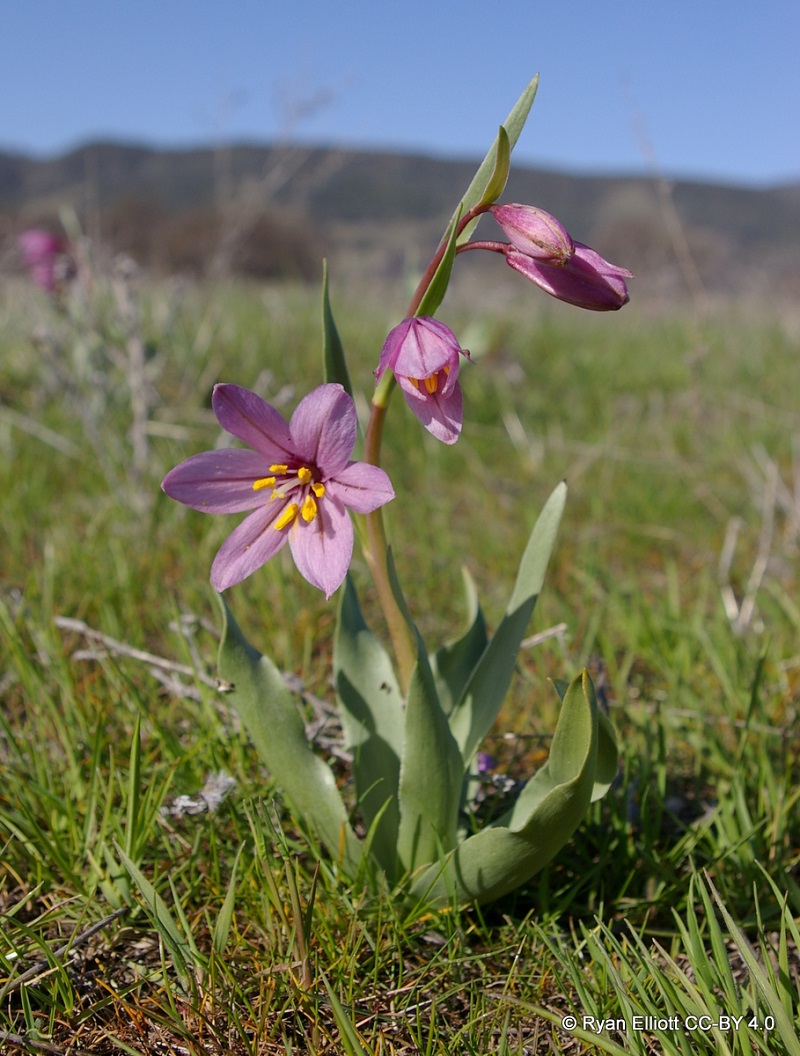
With the approach of spring, the grasslands and oak savannahs of Northern California have turned vibrant again. It is time for a rare treasure to reemerge.
Fritillaria pluriflora, the abobe lily, is endemic to the east and west edges of the Central Valley and the surrounding foothills from Tehama County through Solano County. This species has a California Rare Plant Rank of 1B.2, meaning it is rare, threatened, or endangered in California and elsewhere, and moderately threatened in California.
Adobe lily grows in clay soils which are often influenced by serpentine. Its bulbs lie dormant several centimeters below the surface for most of the year, seeking protection from summer droughts, grazers, and the occasional wildfires which rush through its habitats.
Between February and April F. pluriflora come into bloom with a display of pink and purple flowers 2 to 3.5 cm in length. Some populations also include a white-flowered form.
Try exploring a quiet country lane this month. If you come across a cluster of these gems nodding in the breeze, don’t speak. Just breathe. Take it in. Imagine the shaggy mastodons who once ambled across fields of this same species of lily, in a land which would later be named California.
When you regain your composure, pull out your phone and collect some coordinates for the CNDDB. Fritillaria pluriflora should not go the way of the mastodon.